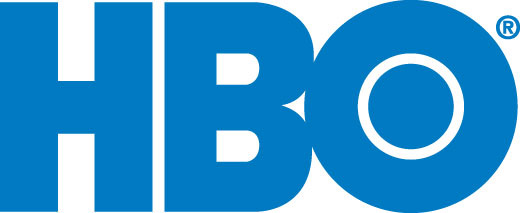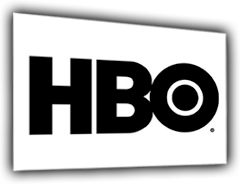
HBO pronounced the ‘‘It’s Not T.V. It’s HBO’’ campaign an unequivocal success. In the company’s estimation, the campaign achieved its primary goal of elevating the brand’s image in the market. Extensive precampaign and postcampaign surveys indicated that the commercials had made viewers more aware of the HBO brand. According to the December 8, 1997, edition of USA Today, HBO’s membership increased from 21.1 million in 1996 to 22.7 million in 1997. But HBO stressed that it was difficult to correlate the number of subscribers with its high-profile ad campaign because of the variety of factors that influenced fluctuations in membership. For 25 years HBO had seen the number of its subscribers increase each year. The media and the advertising industry responded positively to the spots. On December 9, 1996, USA Today heralded the campaign as one of the ‘‘rare knockouts’’ in advertising. Trade publications such as Adweek and Shoot extolled the technical wizardry of the commercials. ‘‘Certainly there is something to be gained for an entertainment provider merely by being entertaining,’’ declared the November 4, 1996, Advertising Age. In September 1997 ‘‘Chimps’’ received the first ever Emmy Award for a commercial. It beat out other well-liked campaigns, such as those by Nike and Levi’s, to be named the best commercial of the year. Also in 1997 the ‘‘Chimps’’ spot received a Gold Clio Award. The Clios were international advertising awards presented annually in recognition of creative excellence and innovation in advertising. Viewers also responded well to the campaign. USA Today ’s Ad Track, a poll measuring the popularity and effectiveness of national campaigns, revealed that consumers consistently liked the HBO spots, often ranking them among the 10 best commercials. According to the newspaper, ‘‘the spots were especially effective with consumers aged 18–24.’’ Larry Gerbrandt, a senior analyst at Paul Kagan, told USA Today on December 8, 1997, that ‘‘the ads worked well for HBO. The name HBO is practically synonymous with pay TV.’’ Yet the campaign’s positive impact onHBO’s subscriber figures was less clear. Although 33 percent of respondents in the December 29, 1997, Ad Track survey declared that they liked the HBO campaign ‘‘a lot,’’ only 20 percent thought that the campaign was ‘‘very effective.’’ In a similar vein, Advertising Age criticized the campaign for not providing enough information about HBO’s actual programming. ‘‘Chimps’’ in particular generated a great deal of controversy. Many journalists were outraged that the basic premise of the spot was false. Goodall did not watch HBO; in fact, the pay channel was not available in the remote region of Africa where she lived. The spot drew more criticism when it was learned that the voice attributed to Goodall was not hers. HBO, however, felt the media were taking the commercial far too seriously, and the company itself was pleased with the results of its efforts. In 1998 the campaign was expanded to include print, radio, and direct mail. As the campaign morphed from a branding strategy for the network into its operating mantra in 1999, the marketing also shifted to specific programming. According to network executives, the strategy evolved based on the success of two of its shows—The Sopranos and Sex and the City—as well as of original movies that the network was producing and sporting events that it aired. The new marketing effort resulted in HBO being named Cable Marketer of the Year in 2000 by Advertising Age. The original ‘‘It’s Not T.V. It’s HBO’’ campaign was named to the Cable & Telecommunications Association for Marketing (CTAM) Hall of Fame in 2003, which, according to the organization, honored the ‘‘finest and most influential campaigns in the history of cable.’’



